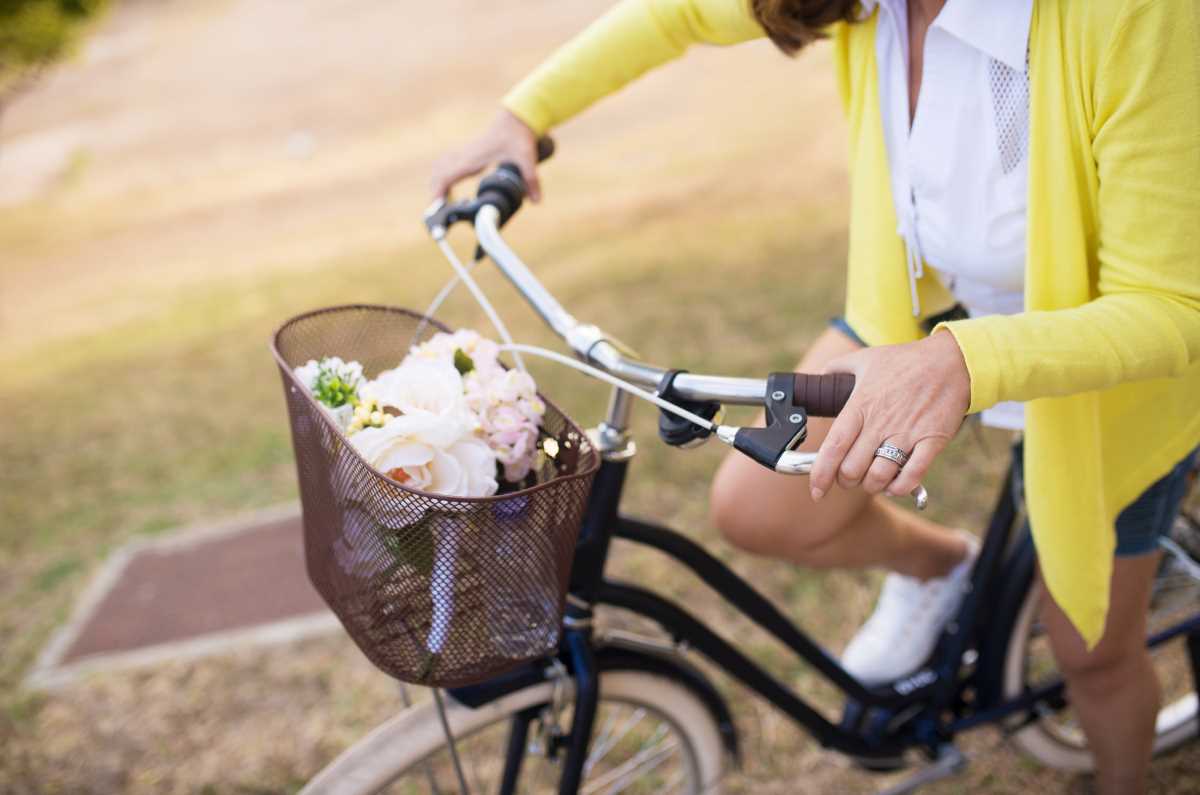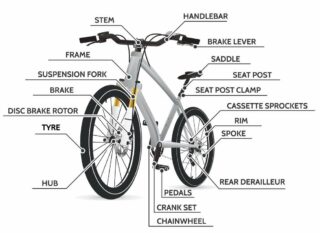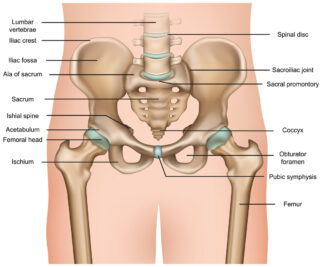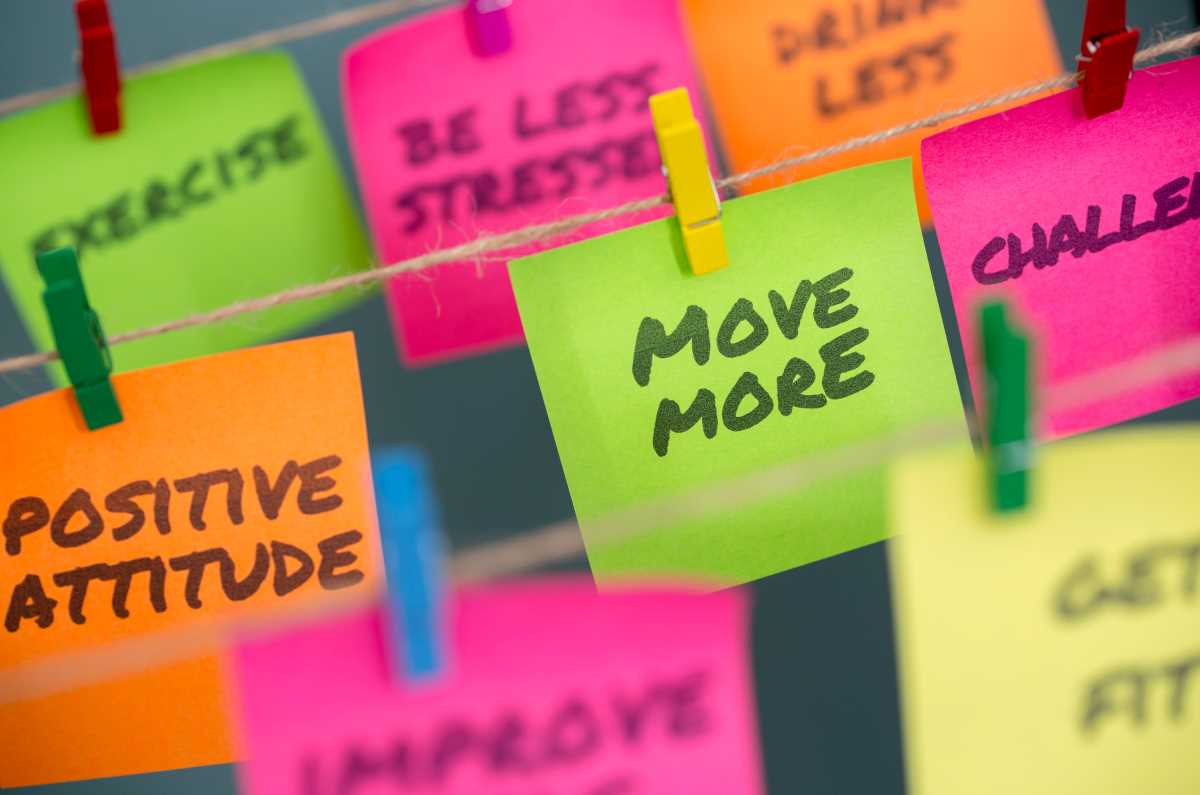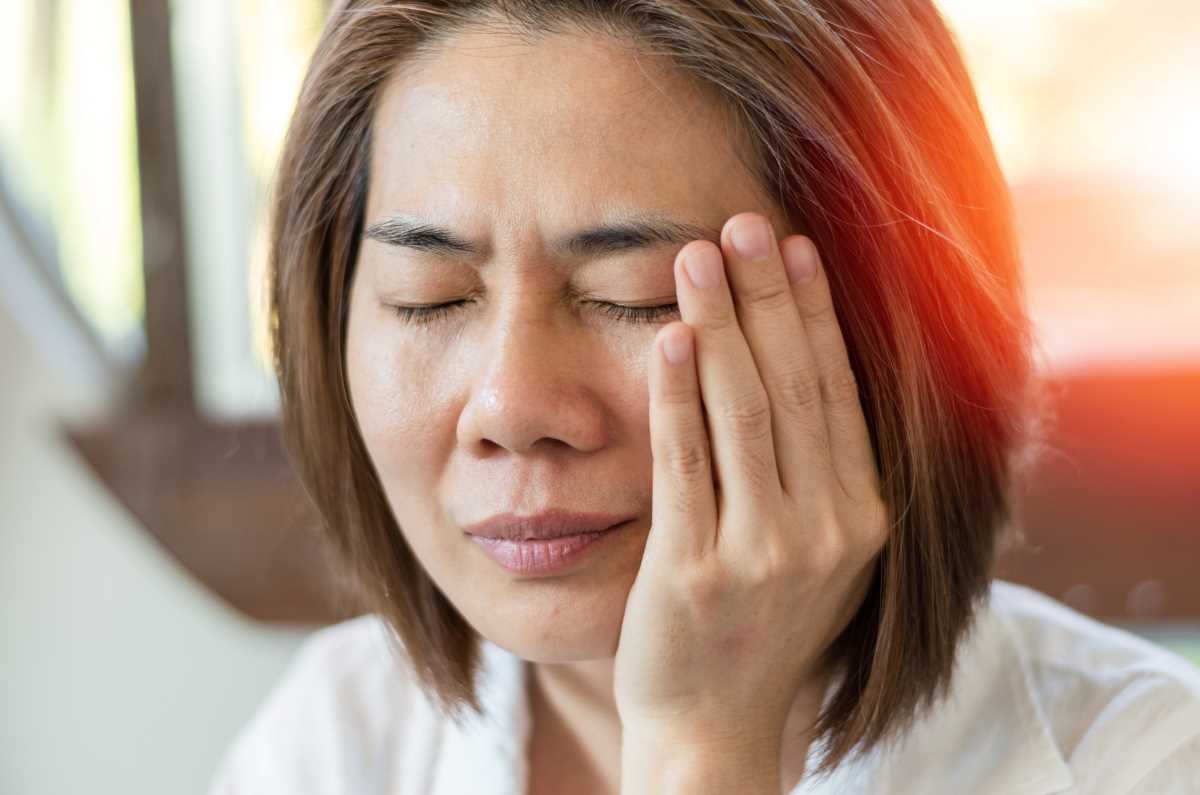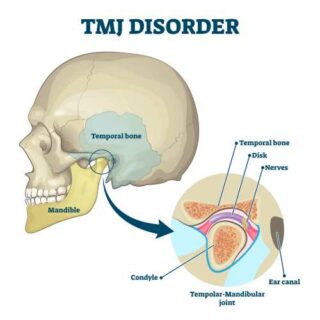COVID numbers are up and masks are back. The stupid virus and its many variants just keep on giving 😥.
We’ve dealt with isolations, lockdowns, and massive life changes in the past few years. We’ve made sourdough bread, completed countless jigsaws, consumed gallons of quarantinis (or was that just me? 😉🍸) and given online yoga a go.
But now what? Yoga has become a source of calm and relaxation, but we’re sick of sourdough, can’t bear to see another jigsaw, and for the sake of our livers, we’ve moved on to non-alcoholic mocktails (again, maybe just me? 🍹).
It’s time to cast aside the things that make us unhappy or trigger feelings of lockdown anxiety. It’s time to embrace the things we love, that make us fulfilled and satisfied. The things that feed our curiosity and creativity. And the things that support self-care.
Here are some simple things you can add to your routine to boost your happiness. Hopefully, one or two of them will strike a chord with you 😊.
Give thanks
Sometimes we can be consumed with what we don’t have or what others have… money, good health, the latest gadget, a great job, travel opportunities… Unfortunately, all this does is create feelings of envy or dissatisfaction – and that’s no way to live.
When I find these feelings creeping in, I stop myself. I think of three things I love about my life and make me grateful for the life I’m living. And there’s so much to choose from! My partner, the absolute love of my life 😍. Having a nice place to live in the green outer suburbs. A fabulous collection of shoes that I’m rediscovering after years of lockdown slippers and runners 😁 Psychotic balls of fluff (aka two cats) that rule my home and make me laugh. The fact that I live in a country where I can attend a non-violent protest for women’s rights. The chilli plant I bought as a small seedling that now produces deliciously hot chillies 🌶🌶 A library within walking distance. Without even breaking a sweat, that’s seven things I could list in a few short minutes!
We have lots to be thankful for in our lives – we just need to take a moment to think about and value them.
Learn new things
Nerd alert! For me, there’s nothing like watching a documentary, learning a new skill, attending a webinar/seminar/class, reading an article or talking with someone with unique experiences and knowledge. It always inspires me to discover more and delve deeper into a subject.
Learning new things challenges us and fires our curiosity and imagination. And that’s not only good for our mental health and satisfaction with life in general, but it’s also excellent for our brain health. I’m currently messing around with learning to play the guitar. I’m not sure if you could call the sound I create music, but it’s a lot of fun! If there’s something you’ve been wanting to learn, don’t put it off any longer. Book that class, take that online course, speak with people in the know – you won’t be disappointed!
Enjoy the company of friends and family
Seeing our important people face-to-face is all the sweeter when we remember the restrictions we endured in 2020 and 2021. It’s hard to imagine that there were periods when we could only connect via phone or video. So cherish the time you have together.
Do things for others
I find being useful and helping others a rewarding experience.
It doesn’t matter if it’s something small, e.g. letting a car into traffic in front of me, or something big, e.g. helping an aunt move into a retirement village, then out of a retirement village, and later relocate 500 kilometres away in the space of 18 months (true story 😝). To me, if it helps make someone’s life a little easier, it’s worth it.
There are many ways you can help out or do things for others, including volunteer work, mowing your neighbour’s nature strip, being kind to your barista, cooking a meal for a sick friend. Whatever you do, you’re sure to feel warm and fuzzy inside, and make your corner of the world that much brighter.
Laugh
Having a good laugh, chuckle or giggle is the best 😂😆🤣. Everything seems so much better, you feel happier, and you can’t wait to do it again.
Laughter releases the ‘feel-good’ hormones – endorphins, serotonin and dopamine. They boost your mood and make you feel more positive. And endorphins are your body’s natural pain reliever and can reduce your feelings of pain. Yay!
So next time you feel a little down, or you’re in pain, watch funny cat/dog/panda videos (I’ve heard there are a couple on the internet 😉), talk with a friend about a silly experience you had together, watch a comedy, listen to an entertaining podcast. Do whatever makes you laugh and enjoy those happy vibes.
Get out into nature
Whether it’s the local park, a walk on the beach or bushwalking through the hills, just getting out into nature makes me feel happy 🍁🍂. We’re surrounded by so much beauty.
When you head outdoors, keep your phone in your pocket and look around. Listen to the birds in the trees, notice how the trees sway in the wind, enjoy the dogs playing in the park, and appreciate the scenery around you. Take the time to pay attention and be mindful, and you’ll immediately feel a boost in your mood.
Discover new places
This often goes hand in hand with the previous one. And it’s something that kept me sane during lockdowns. I’d look at maps of my local area and the radius in which I was allowed to travel. I’d then look for all the green spaces – and it’s amazing how many parks, reserves, playgrounds, and abandoned golf courses I could find. When I visited them, I’d discover new, interesting things – a pretty creek alongside the path, a group of goats brought in to deal with the weeds, a flock of cockies gathered in a tree throwing seedpods at the people walking below 😆. Discovering new places brings out the intrepid explorer in me and I feel like I’m seeing so much more of the world.
Stay active
Activities that exercise your body and mind in challenging, new ways are great for your physical, mental and emotional wellbeing. And choosing activities that you enjoy will ensure you do them regularly.
For example, I’ve recently rejoined the gym because my strength and stamina have declined due to my sedentary COVID life. So I’m combining my usual walking and hiking with strength training, yoga and Pilates to increase my fitness, take some weight off my joints and help me sleep better. It’s early days, but I’ve already noticed a difference.
Like millions of others, I’ve also been enjoying the daily mental challenge of Wordle. It stimulates the brain and provides social competitiveness as we compare our wins and losses 😃. And I’m trying to learn to do cryptic crossword puzzles, though that’s proving more difficult!
The important thing is that I’m engaging both body and mind in demanding activities. They’re pushing me out of my comfortable status quo and making me grow.
Hug your people
Physical distancing and being unable to get close to others for fear of germs is a lonely experience. And it can leave us feeling sad at the lack of closeness. So the people I can touch, I touch a lot! Not in a creepy, unwelcome way 😄 but in a caring, loving way.
Being able to touch or hug others reduces stress, anxiety, and depression and makes us feel good. And here’s a tip from me to you: don’t save your hugs for when you’re feeling down. Hug each other when you feel happy, excited, or just because it’s Thursday.
Clean and declutter
Ooh, I did a lot of this during the first few lockdowns. And I know many of you did the same. Op shops were bursting at the seams with our discarded books, clothes, jigsaws and appliances. There’s nothing like decluttering and cleaning your home and work spaces to make you feel satisfied and in control. And your new tidy rooms will hopefully have the added benefits of preventing falls as trip hazards are moved or given away. Just be careful while doing your big clean not to overdo it physically. Take your time and pace yourself.
Try new recipes and new ingredients
Full disclosure, I’m a terrible cook. But I’ve been trying a new recipe and/or ingredient at least once a week. It gets me out of my ‘Tuesday night stir-fry’ rut. It helps to have tasty recipes from our talented volunteers, Lauren and Kitty. I’m also blessed that my partner is a great cook and has introduced me to spices and condiments I’ve never used before. There have been many, many disasters in the kitchen (and a trip to the hospital for a deep cut from slicing capsicums 😫), but there have also been successes. And that’s incredibly satisfying.
Acknowledge it’s been hard
So far, the things I’ve listed have been light and happy. But we should acknowledge that there have been dark, traumatic times without fun, joy or happiness. There have been tears, arguments, and moments of intense anxiety and stress. And before this pandemic is done, we’ll likely experience more of these moments. So it’s important to remember that we’re not going through this alone. We have people who love and care for us. We also have access to professional support if we need it to get through. We just need to ask.
The COVID-19 pandemic will pass. It’ll take some more time, but we can adapt. We’ve been doing it for years, and even though we’re weary, we can continue to do it. And finding the things that make you feel happy, strong, and in control of your world will help you get through.
Contact our free national Help Line
Call our nurses if you have questions about managing your pain, musculoskeletal condition, treatment options, mental health issues, COVID-19, telehealth, or accessing services. They’re available weekdays between 9am-5pm on 1800 263 265; email (helpline@msk.org.au) or via Messenger.
Contact Lifeline Australia
13 11 14 for 24 hour crisis support and suicide prevention.
More to explore
- Action for Happiness and Happify
These websites and apps provide tools and programs to help you live a happier life and take control of your emotional wellbeing. - How to be happier
NHS - How to figure out what makes you happy (so you can do more of it)
Yes & Yes - Some inspiration for isolation
Musculoskeletal Australia - We asked how you are finding joy in the pandemic. Here are 12 surprising ideas
NPR




